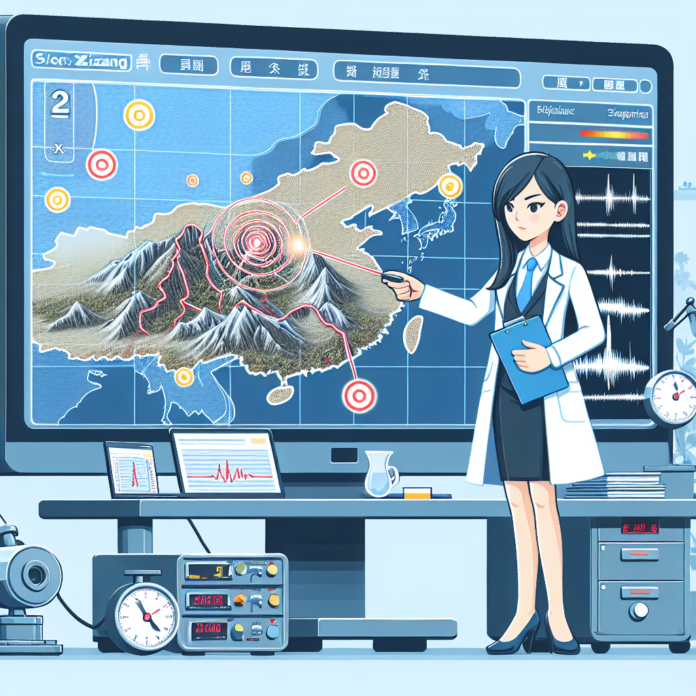Xizang Earthquake Analysis by Expert Highlights Active Fault Zone
Xizang Earthquake: Insights from Experts on Seismic Activity
The recent earthquake in Xizang, also known as Tibet, has raised concerns among scientists and the general public alike. Experts have identified the region as a highly active seismic zone, prone to earthquakes due to its unique geological characteristics.
Understanding the Seismic Landscape
Xizang is situated at the convergence of the Indian and Eurasian tectonic plates, a boundary known for its intense geological activity. The collision of these two plates has resulted in significant uplift, creating the Himalayan mountain range. This tectonic interaction is a primary cause of the earthquakes that frequently occur in the area.
Seismologists have long monitored this region, recognizing its history of seismic events. The recent earthquake serves as a reminder of the ongoing geological processes that shape the landscape of Xizang and its surrounding areas.
The Impact of Earthquakes in Xizang
Earthquakes in this region can have devastating effects, including loss of life, destruction of infrastructure, and long-term socio-economic impacts. The mountainous terrain complicates rescue and relief efforts, making timely response critical in the aftermath of such events.
In addition to immediate physical dangers, earthquakes can trigger landslides, which pose additional risks to communities living in the hills and valleys. The potential for secondary disasters underscores the importance of preparedness and resilience in earthquake-prone areas.
Preparedness and Mitigation Strategies
Experts emphasize the need for comprehensive earthquake preparedness plans, which should include early warning systems, community training, and infrastructure that can withstand seismic activity. Local governments and organizations are urged to collaborate with seismologists to develop effective strategies aimed at minimizing damage and protecting lives.
Furthermore, public awareness campaigns can educate residents about earthquake risks and safety measures. Simple actions, such as securing heavy furniture and knowing evacuation routes, can significantly reduce risks during an earthquake.
Conclusion
The Xizang earthquake highlights the ongoing seismic threats faced by the region due to its geological setting. Understanding these risks and implementing adequate preparedness measures is essential in safeguarding communities. Continued research and monitoring of seismic activity will play a crucial role in enhancing our understanding of earthquakes and improving response strategies in the future.


